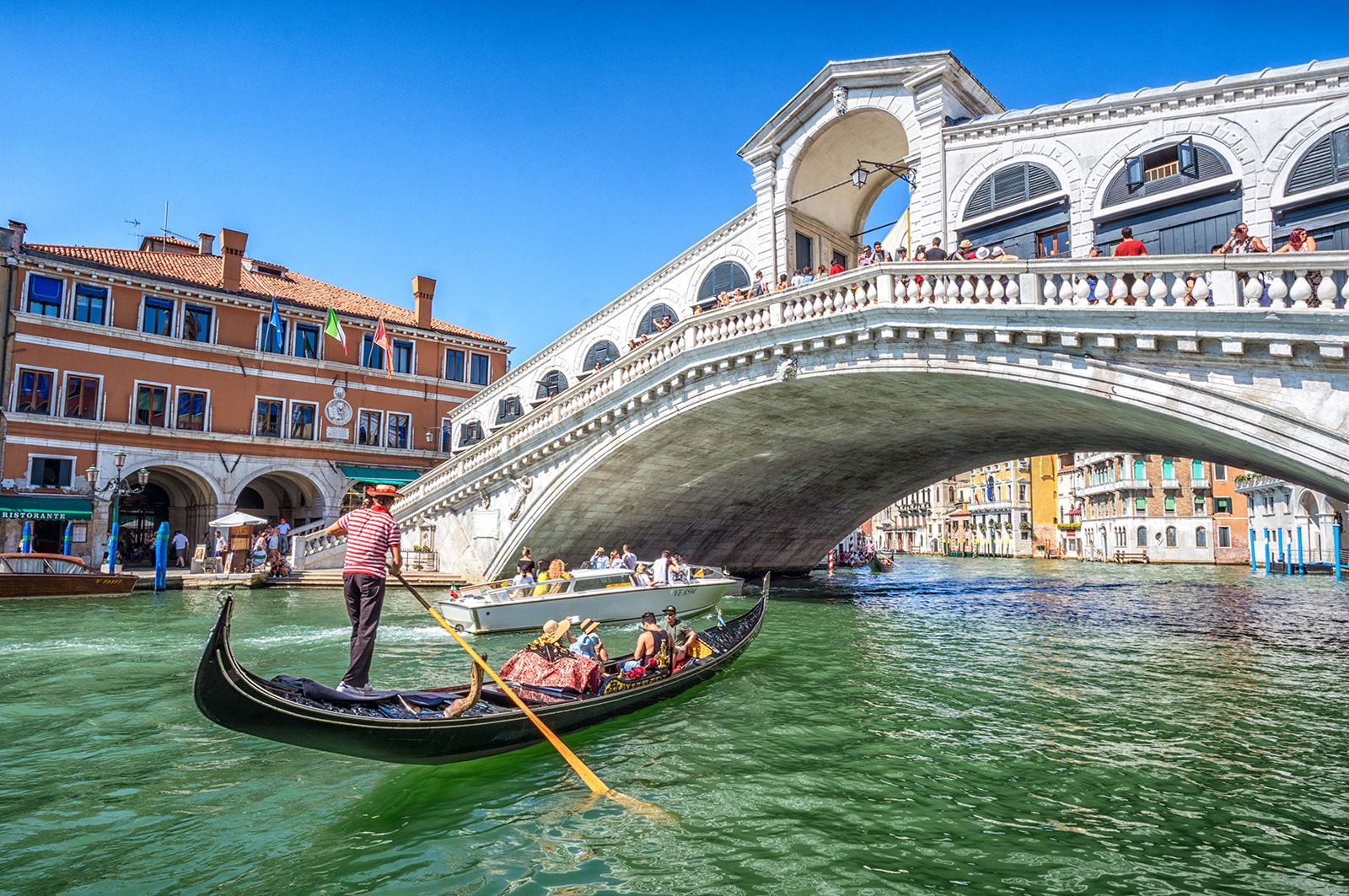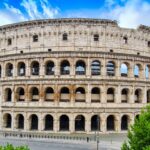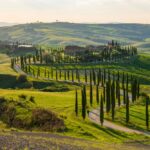Situated along the spectacular Amalfi coast, the town has a very ancient and remarkable history. Today it is a lively tourist resort, boasting the longest uninterrupted sandy beach on the Amalfi coastline, as well as a rich cultural life. In the summertime also ferry services to Capri are available.
The origins of Maiori are lost in the mist of time; according to one tradition, it was founded by the Etruscans, with the name of Cossa or Bossa, which then became Posula under the Romans, already a tourist resort, as shown by the ruins of a Villa of the 1st century AD in nearby Minori. Local historian Cerasuoli recorded the discovery of Etruscan pottery in a sepulchre in 1835 during restoration works, but unfortunately the items were lost. Under the Etruscans the founder, Reghinna, gave his name to the place, and the adjective Major was added to distinguish it from the nearby Reghinna Minor. The major and minor adjectives probably distinguished two small streams that flow near Maiori and Minori.
Archeological findings seem to confirm that this was the only area of Etruscan settlements in Campania, and Maiori may have been the refuge of the survivors of the mythical Etruscan city called Marcinna (identified by some scholars with Vietri sul Mare), destroyed by a flood or raid; this hypothesis explains how the Etruscans’ sea mastery, passed on from generation to generation, contributed in the early Middle Ages to the foundation of the Amalfi Mariner Republic.
In the early Middle Ages Maiori was part of the Amalfi confederation, which included the towns and villages between Lettere and Tramonti to the north, and between Cetara and Positano to the south, as well as the island of Capri. Maiori was at the time a port with many docks and the seat of the Admiral, the Customs, and the Salt Deposit. The wind coming from the northern town of Tramonti was called by the Maiorese people “Tramontana”, which is still a general name used in the Italian language for cold winds coming from the north, and this name was also painted on the early compass (whose invention is disputed between Flavio Gioia of Amalfi and Chinese sailors). The shipyards of Maiori continued their activity also after the fall of the Amalfi Republic.
The main occurrences of Maiori are the patron saints of the Assumption (15th August) and the third Sunday of November, the feast on the Sanctuary of the Avvocata (on the Monday after Pentecost), located in a panoramic position about a thousand meters high, and the Great Carnival, with the parade of groups and allegorical floats, as well as various recreational and cultural events that take place in the other months, especially in summer, when the country is filled with tourists, welcomed in many hotels and facilities.
Rich and tasty are Maiori’s dishes, on whose table the lemon can never be missing, and its sweets are very appreciated, among which the “melenzane(aubergine) alla cioccolata”, which can be tasted in mid-August on the occasion of the patronal feast.








